SatVu Celebrates Earth Day With HotSat-1 Imagery Drop
22nd Apr 2024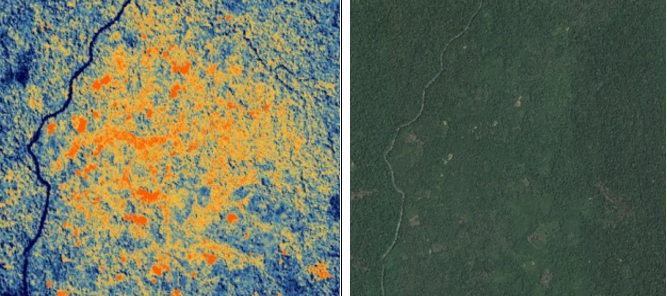
London-based SatVu is commemorating ‘the power of collective action’ that embodies Earth Day. New imagery from SatVu’s HotSat-1 shows in unparalleled detail how Earth Observation satellite imagery can help others make changes in their own neighbourhoods. HotSat-1 offers a unique vision of the planet and here are some examples of what thermal imaging from space can do for us.
Urban heat islands
Using imagery from HotSat-1, SatVu shows how urban areas in Fresno, California, differ. This image shows how from their surroundings, and in this case the older Fig Gardens area and its surroundings. By knowing what neighbourhoods are heat islands, local planners and activists know where to focus their efforts.
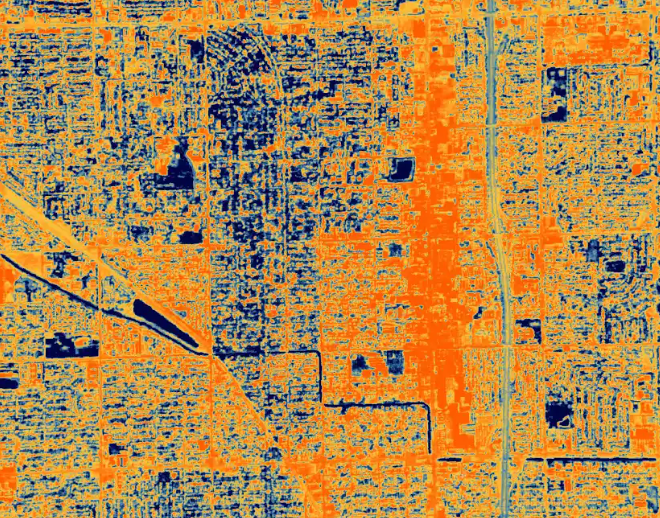
Tracking environmental change
Earth Observation imagery helps with tracking changes in ground cover, especially when forests are affected. Such data gives users data for combatting illegal logging as well as measuring the effects and recovery from natural disasters. As SatVu write in their press release:
Equipped with this knowledge, conservationists can take decisive steps to preserve vital ecosystems – aiding efforts to combat climate change.
SatVu

Tuning Solar Energy Farms
Earth Observation imagery is able to show heat islands and ground cover in ever greater detail. In fact, the images are now detailed enough to alert solar energy farms to faulty cells in their panels due to the differences in the temperature across operating and non-operating cells. SatVu uses an advanced AI platform to determine the unhealthy cells.
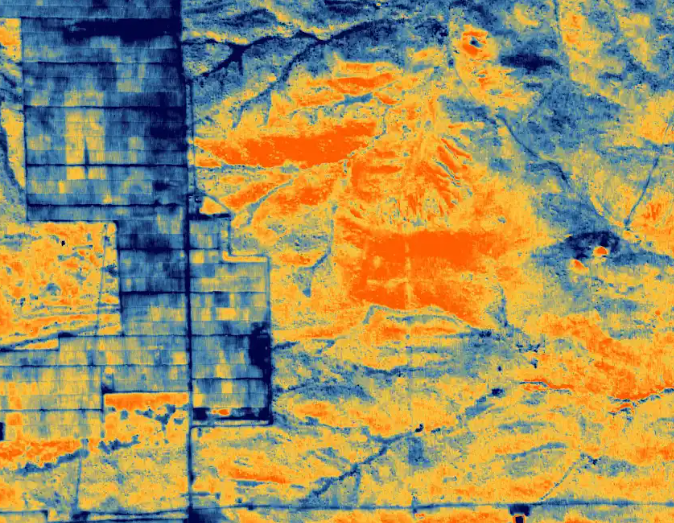
Detecting water pollution
Some types of water pollution carry a thermal signature, which SatVu’s HotSat-1 can detect. The images provided by the company show how water discharged by South Korea’s Kori Nuclear Power Plant, which is hotter than that in the body of water nearby, is creating a thermal contamination of the sea in the area.
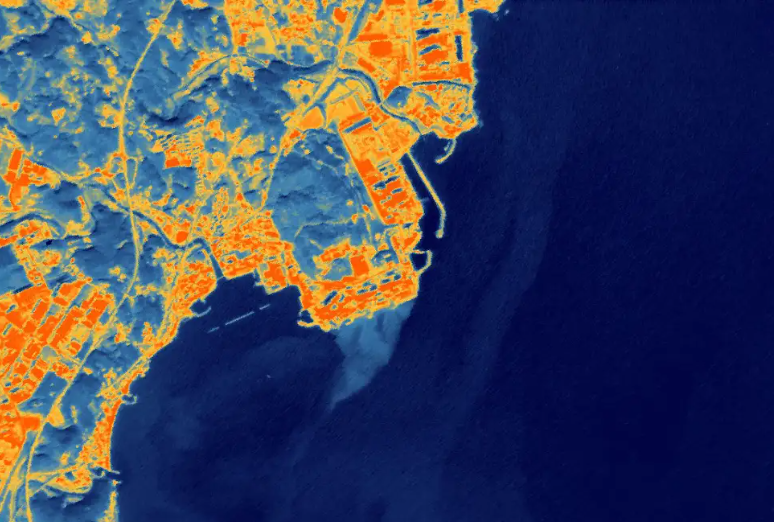
SatVu as Earth’s thermometer in space
Since HotSat-1 became operational in October 2023, SatVu has been sharing some images of Earth as it has never been seen before. The infrared scans show zones where we have a lot to do to secure our future.

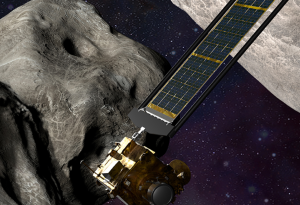

Thank you for your comment! It will be visible on the site after moderation.